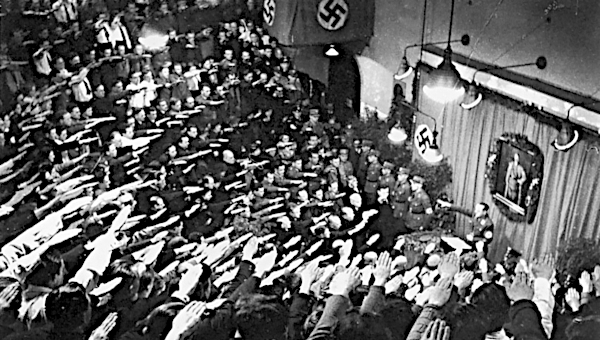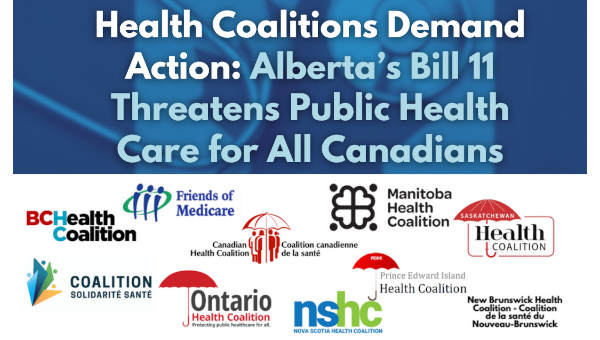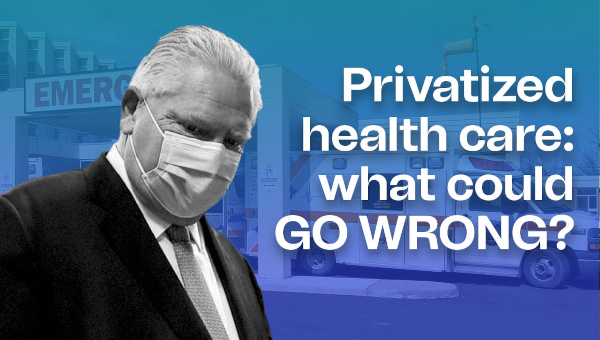In early December 2016, the Paris region suffered from the most intense bout of small particle pollution in a decade. Anticyclonic weather (cold air under a cover of hotter air undisturbed by wind) trapped pollutants. These came for the most part from car traffic (including diesel-powered beasts), ammonia-emitting intensive agriculture, some industrial emissions and a spike in pollutants from residential heating (90% of which emanating from the relatively few wood-fired ovens).

In response, the authorities imposed a partial ban on individual car traffic, allowing only cars with even (or uneven) license plates to circulate on alternating days. The regional transit authority (Syndicat des Transports en Ile-de-France, STIF) made public transit free for four days in a row. Twelve million Parisians were able to ride buses, streetcars, subways, regional trains, and shared bikes without paying a fare.
While Parisians were coughing and sneezing more intensely than usual, free transit rides were a respite for many. My 12-year old son, who had been getting used to free transit for children in Toronto before we left for Paris, was exuberant and took transit to school just because he could even though it is easier and faster for him to walk. Some of his friends took the opportunity to crisscross the city. (Did they wander the city by train like the situationists did on foot in the 1960s?)
For many transit users, the respite was real for other reasons. The right-wing majority on the council of the Paris region Ile-de-France (newly elected in 2015) had increased the cost of transit passes and eliminated special rates for Parisians without immigration papers, whose transit passes used to be discounted at a rate of 75%. (In France, those unemployed or with low-income are entitled to fare discounts of at least 50%, irrespective of status). Members of the neo-fascist Front National felt “pride and joy” to see their key principle (Préférence nationale, priority for nationals) implemented by the bourgeois right.
Transit Freedom
Four days of free transit meant also that one could breathe more easily in transit. There was little risk of running into a transit authority squad. Lately, these had been roaming the transit system at an increased, indeed disturbing frequency to enforce a new legal regime under which repeated fare evasion can lead to criminal persecution. “Transit freedom” was thus multiple, demonstrating that free transit releases transit workers from the task of playing cop and leaves riders to their rides instead of inflicting one more form of daily policing on them.
For all these reasons – ecology, liberty, and just mobility – free transit matters. In France, a range of left and green parties, unions and precarious workers’ organizations demand fare-free transit in cities and towns where it does not already exist. (Aubagne, Châteauroux, Compiègne, Libourne, and Niort are some of the roughly 30 French towns that have decided to make transit free).
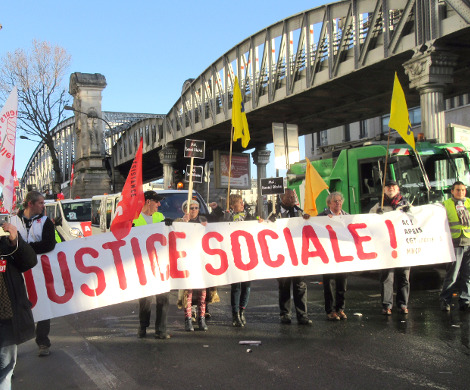
Among these voices for free transit are far-left parties like the anticapitalist Nouveau Parti Anticapitaliste (NPA) and the anarchist Alternative Libertaire (AL). The AL in Seine-St. Denis, suburban Paris, sees ‘fraud’ as an invention of a state that refuses to recognize the right to mobility and treats transit users as clients, that is, revenue sources. It has also reminded Parisians that transit policing targets stations in neighbourhoods dominated by immigrant working-class populations like St. Denis, thereby adding another layer to security overkill and class-inflected racial profiling.
Underinvestment
In the heavy air of December 2016, the limits to making transit free without other measures became quickly evident, however. As a result of two subsequent electrical failures, some of the busiest suburban trainlines in Paris, the RER B and D, shut down. The city’s largest train station (Gare du Nord) descended into chaos for two days. Other parts of the system still functioned but were more crowded or slower than usual. In the central city, where we live, it was even more difficult than usual to catch a Vélib, one of those grey bikes one can ride in the city and the near suburbs for an annual subscription fee of 29 Euros (about $40 Canadian).
The existing regional transit system in Paris is not in a position to accommodate a large and permanent increase in ridership. Making transit free on a short-term basis worked for the most part but I suspect mainly because overall car traffic was down a mere 5-10% due to limited enforcement, low fines (22 Euros, or about $30 Canadian), and the mere fact that many commuters have no obvious transit alternatives. On the streets of central Paris, even and uneven car plates remained ubiquitous during each of the four exceptionally polluted days.
Despite France’s deeply institutionalized car and motorbike culture, Paris has a very good, highly integrated regional transportation system: not as good as those of a few more advanced cities in Asia and Europe, but much better than most, particularly those in North America. Among the 2.2 million inhabitants of the City of Paris, few drive; most walk, bike or take transit. Transit orientation for those commuting to the City is also high. The automobile dominates suburb-to-suburb commuting, but the car is used for less than half of all employment-related trips in the region as a whole. And, due to still high fare subsidies and special discounts, fares are more affordable than in comparable cities, notably London.
The basic reasons are simple. First, central Paris is one of the densest urban habitats on earth. The City of Paris (2.2 million inhabitants) is 5 times denser than the City of Toronto (2.6 million). Many of its adjacent suburbs are quite walkable because their population densities are as high or higher than those of central Toronto. Second, given the importance of the capital in French politics, Paris infrastructure has long been a concern for the French central state (which ran the City of Paris until 1977). Third, the regional transit system was built in the 1960s on the basis of a nation-wide passenger train system that was not destroyed, as it was in North America. Still today, the national railway company SNCF (Société nationale des chemins de fer français) runs most of the suburban and regional train lines (RER, TER) in Paris.
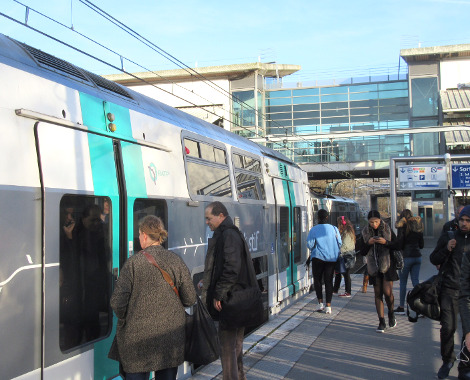
This much said, Parisians know the limitations of their transit system well. Various lines have reached or exceeded their capacity. On some subway lines and some suburban trains, overcrowding, delays and technical failures are increasingly frequent. This is famously true for the RER A (which links the working-class suburbs in eastern suburbs with La Défense, the gigantic new central business district in the western suburbs) and the Métro line 13, which links some Northern working-class suburbs to the older financial district in the historic centre.
Much of the physical frailty and capacity bottlenecks in the Paris system result from chronic underinvestment in basic maintenance and the fact that the system did not expand structurally for many years after the regional train system was planned in the 1960s. Today, the capacity of the two main transit companies SNCF and RATP (Régie autonome des transports parisiens) to invest is limited due to the legacy of past decisions, rising debt levels and austerity. These all undermine the state of good repair of the existing system. The SNCF, for example, which has poured countless billions into the national high-speed rail network over the last generation while slowly deconstructing regular train service across the country, neglects to upgrade Paris’ rail infrastructure to the tune of €300-500-million a year.
Regional Contradictions
Another structural problem facing Paris is the growing mismatch between the inherited radial transit system and the increasingly chaotic regional employment and housing patterns that have emerged since the 1960s. Focused on multiple employment zones, these patterns are deeply inequitable, fraught by an imbalance between jobs-rich districts (in the western suburbs) and jobs-poor areas (notably in some northern and eastern working-class suburbs). These spatial imbalances and segmentations reinforce class, gender and racialized inequality.
Already squeezed by public sector finance, transit planners thus also face an-ever declining capacity to organize mobility in a polycentric region with multidirectional commuting patterns. The structural difficulties connecting different urban activities at a regional scale are endemic to capitalist metropoles. Why? The weight of private investment and private property in decisions pertaining to land development, employment and housing forces millions to commute and undermines planning capacities to coordinate people’s daily movements between domestic workplaces, offices, stores, factories, schools and childcare centres. The result: a paradoxical combination of constrained and forced mobility.
In Paris, this well-known systemic regional problematic is accentuated by the fact that historic transit investment has benefited the central city in such a way as to create transit as well as other physical, social and political divides between the City of Paris proper (parts of which always remained bastions of the bourgeoisie and its professional middle-class counterparts) and its surrounding suburbs (particularly those historically dominated by manufacturing and workers’ housing).
Still today, suburbanites who live on the more isolated working-class housing estates get very different transit service than those who live in the central city and the better serviced older suburbs. For these suburbanites, and those living in newer suburbs, free transit does not mean equal access to public transit. What is more, lower population densities, dispersed employment and a much less fine-grained transit system in the outer reaches of the Paris region (where the majority of weekday trips are made by car) makes it difficult to tackle car-dependency and reorient mobility along social and ecological lines at a regional scale.
In this context, most ‘green’ mobility projects are undertaken by central municipalities, notably the City of Paris itself. The City has managed to reduce car traffic somewhat with pro-bike and pro-pedestrian initiatives and restrictions on car traffic, particularly since the historic shift to a pink-red-green majority administration in 2001. In the Paris area, as in quite a few other metropoles, regional ecological planning is thus built upon a patchwork of geographically central urban spaces. With accelerating gentrification there, this central-city bias raises deep distributional questions. It also limits the regional environmental impacts of local initiatives (such as the current plan of the City of Paris to liberate the banks of the Seine from highway traffic).
Land-Rent and the Marketization of Transit
Since the turn of the century, multiple branches of the French state have been getting back into the business of expanding transit in Paris. Circular streetcar lines around the City of Paris continue to be built, one segment at a time. Construction has started to expand a few subway lines and build a super-regional subway system (Grand Paris Express) that will link up older and newer suburbs as well as yet undeveloped districts with two inter-linked mega-loops surrounding central Paris at various distances.
There is no doubt that the combination of all these investments will lay the foundation for better transit at a regional scale. Yet, the new routes will not stop the transit system from buttressing old or newly emerging regional inequalities. In fact, the regional plan includes a project to build an expensive express train to Roissy, the main Paris airport. This line (Charles-de-Gaulle Express) will bypass the string of suburban stations served by the existing RER line to the airport. It will allow business travellers and tourists who can afford to pay more than double the existing fare to avoid rubbing shoulders with the mostly non-white working-class transit users who live between central Paris and Roissy.
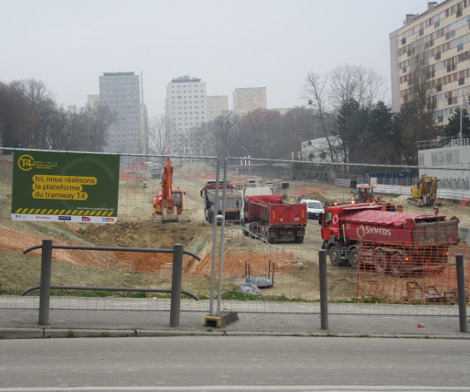
The Grand Paris Express is also a trojan horse for land speculation, technocratic management and, indeed, marketized transit. Conceived by the Sarkozy government before being modified somewhat through negotiations with the red-pink-green majorities in Paris and the regional Council of the time, the project was intended to link export-oriented employment zones to transit infrastructure while ‘liberating’ land rent for developers. Overseen by a new agency (La Société du Grand Paris), the regional project comes with a special planning regime to facilitate private real estate investment in districts surrounding the new stations. In some areas, transit-linked planning supports efforts by the central state, housing agencies and municipalities to break up and redevelop stigmatized housing estates. A case in point: Clichy-sous-Bois and Montfermeil, the Eastern Paris suburbs where the 2005 uprising started.
Grand Paris also provides privatizers with an opportunity to subject the operation of new transit lines to a tendering process that might break the monopolies of the public transit providers SNCF and RATP. These two have long introduced “market” principles into their French operations and often bid for contracts abroad. Soon, they may compete with each other in Paris. Regional transit planning in Paris (and other French regions) has become a strategic avenue to implement and deepen European and national initiatives to marketize and privatize transportation.
Since the 1990s, the French state has anticipated or incorporated European Union directives that push the ‘liberalization’ of freight traffic, inter-city passenger transportation and regional transit. One effect of these national and European policies has been to segment public transportation and privilege road over rail transportation. In 2015, for example, the Hollande government opened the door for private inter-city bus operators. While one of these private companies (Megabus) has already gone bankrupt since then, the law compelled the SNCF to offer bus lines that compete with its own rail service.
This toxic mix – austerity, national and European marketization pressures, the priorities of the new right-wing regional Council and the Grand Paris project – has put the local and regional parliamentary opposition (including the Greens and the Communists) on the defensive. They are forced to fight deregulation, fare increases and cutbacks instead of focusing on new, proactive and progressive projects.
Transit worker unions are split on how to position themselves in relationship to privatization. UNSA (l’Union nationale des syndicats autonomes) does not oppose private-sector competition in principle but wants to regulate the sector so as to prevent private companies from undercutting working conditions. In contrast, the CGT (Confédération générale du travail) opposes deregulation and private competition because it recognizes that marketized transit will intensify the exploitation of transit workers while undermining coherent transit planning in the future. As I write these lines, CGT and UNSA are with their European counterparts at the European Parliament in Strasburg. Representing 700,000 rail workers, the unions protest the fourth ‘package’ of EU transportation policies, the goal of which is to open inter-city and regional passenger transportation to private competition.
Transit Un/Freedom
The recent spike in pollution levels across France reminded citizens of the deadly character of everyday pollution. ‘Normal’ air pollution is the third-largest source of mortality in France. It leads to 48,000 premature deaths per year in France (and half a million across Europe). The recent events also forced journalists and commentators to come to terms with the fact that the existing arsenal of measures is entirely inadequate to address the causes of pollution. These are intrinsic to capitalist development and exacerbated by neoliberalism.
Free transit certainly is a crucial element in projects for a just, genuinely sustainable, and much less polluting future. To realize it, the obstacles that stand in the way of making transit a daily reality for many must go. Hopefully, the taste of transit freedom will whet Parisians’ appetite to challenge unfree transportation – the combined state of restricted and forced mobility – which they usually live. •
Thanks to Karen Wirsig for comments and to Anne Clerval and Christoph Hermann for passing on links and references.


